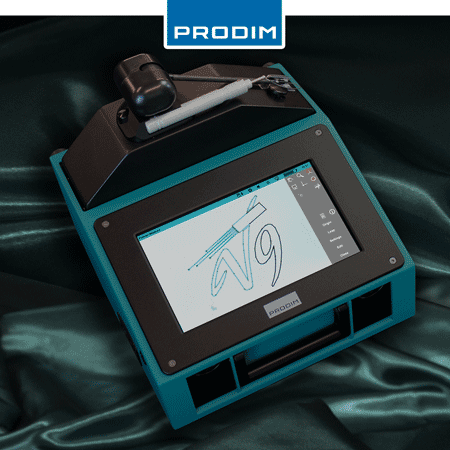What to Know About School security glazing
School security glazing remains top of mind for the industry
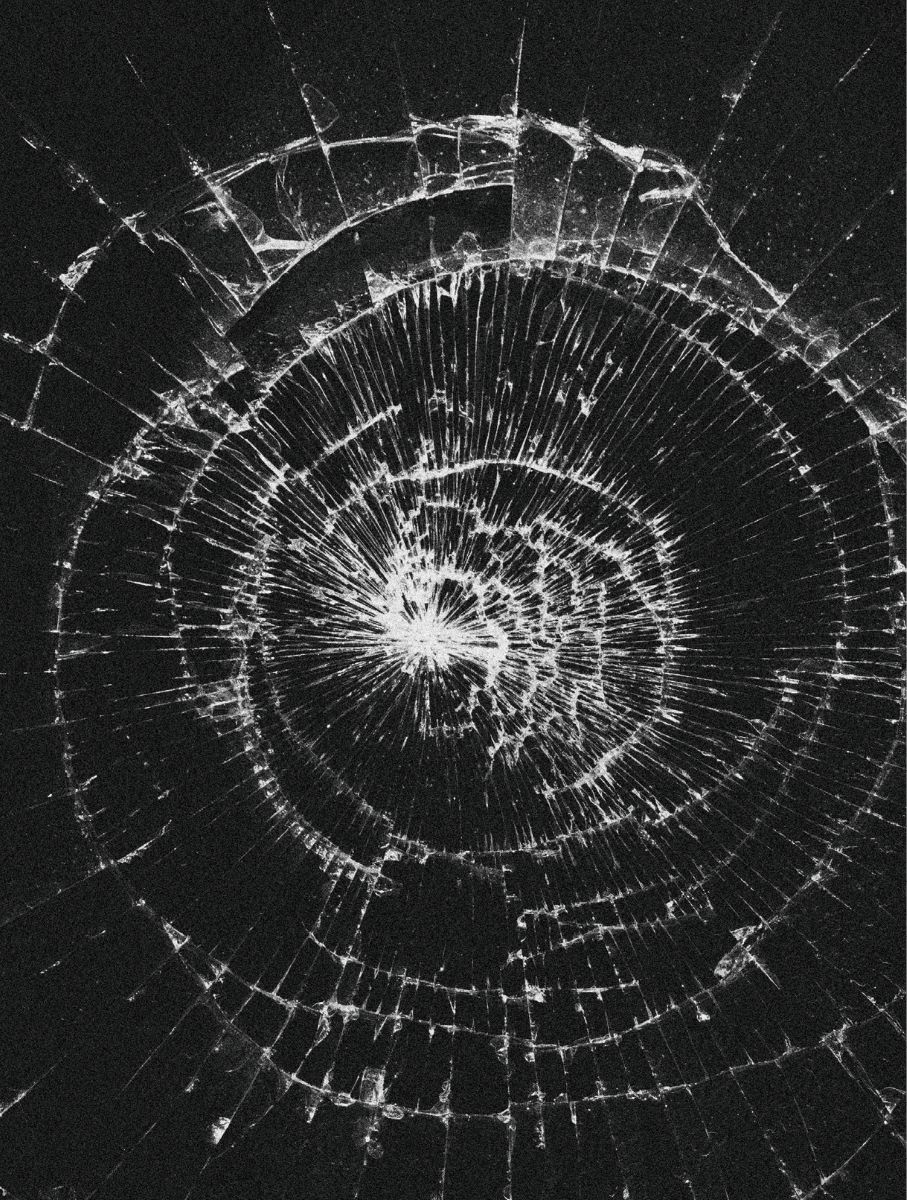
The evolution and implementation of school security standards have been at the forefront of the glass and fenestration industries for years now, particularly since the Sandy Hook Elementary School shooting in 2012, which resulted in the deaths of 20 children and six educators. In 2024, there were 200 incidents of school shootings, with 59 deaths and over 150 injuries, according to a report by Everytown Research & Policy. All of this was discussed during a school security workshop held during the National Glass Association’s Glass Conference: Carlsbad in Southern California this past February.
Current landscape of school security glazing
The landscape of school security is rapidly growing, largely driven by schools trying to mitigate the risks of forced entry and active shooter situations. “Although legislative initiatives have been discussed, most haven’t yet translated into mandated action,” says Tom Donovan, president, Thompson Innovative Glass. “This is concerning, especially given the tragic and ongoing instances of school shootings that highlight the urgent need for enhanced security measures. Schools are taking matters into their own hands, prioritizing advanced glass solutions to improve student safety.”
ASTM F3561-22 Standard Test Method for Forced-Entry-Resistance of Fenestration Systems After Simulated Active Shooter Attack is the newest school security-related standard. It includes eight levels of testing for the entire fenestration system, each with increasing impact force and drop height. This standard focuses on forced-entry resistance after glass has already been weakened by ballistic attack.
According to NGA officials, this standard was born of a need for a simpler, economically viable test method. The NGA examined existing standards and evaluated what worked, and what did not, to help develop an effective standard.
“We looked at the ability for us to provide an understandable, comprehensive test method. There were some great methods out there, but very complicated, very hard for everybody to specify portions of them to pull together. We wanted it to be comprehensive and fill the gaps in what we found during a review of all these standards. We also wanted to ensure reproducibility,” says Julie Schimmelpenningh, Eastman technical engagement manager and NGA Fabricating Committee’s Laminating Glazing Liaison, during NGA’s Glass Conference in February.
So, why use ASTM F3561-22? The current standard fills in gaps left by other tests by providing forced-entry resistance and responder enhancement. Moreover, because the test relies on mechanized testing, it is reproducible. Additionally, ASTM F3561-22 offers multiple levels of testing and is certified through international consensus and review from ASTM’s system of structured updates.
The standard fills previous existing test gaps providing forced-entry resistance, responder enhancement and mechanized testing; it is reproducible; and includes multiple levels of testing, and international consensus and review because ASTM standards are reviewed and updated systematically. When it comes to testing for this standard, systems are tested as a complete assembly, meaning the glass and locking mechanism must both pass the different levels of impact.
“The whole intent of this test is to make sure the intruder, after he has shot the glass and starts hitting the door and glass, is not able to get in and gain access to our children. That’s the real purpose of this test,” says Doug Penn, vice president engineered systems, Trulite, during the NGA Glass Conference. Penn adds that he believes ASTM F3561 should be a part of every school specification for entrances and storefronts.
“Security glazing is only as good as the system it is in and the way it is glazed. Failure, or in this case forced entry, will happen through the weakest part of the system. If a sash or door isn’t locked or if the glass can be pushed out of the frame, it doesn’t matter if you have bullet-, blast- or mob-resistant glazing in your opening—the systems need to work together to delay, defend and deter potential threats,” says Schimmelpenningh.
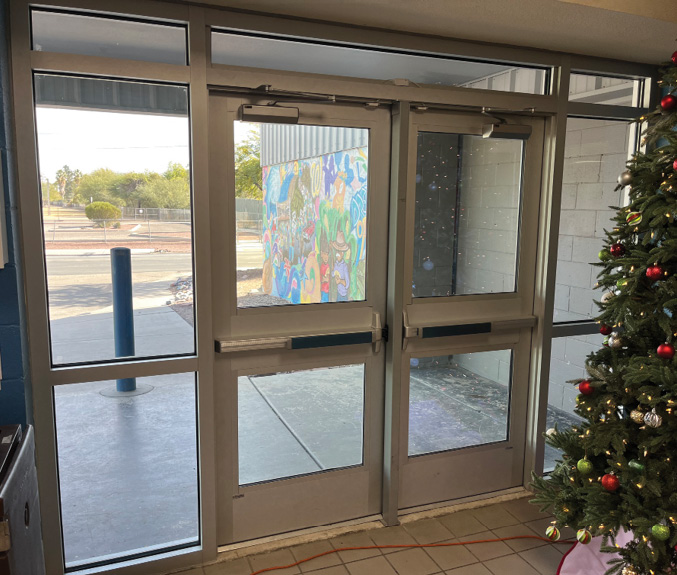
Common misconceptions and what to know
“Window film does not stop bullets,” emphasizes Lisa Winckler, technical/advocacy consultant with the International Window Film Association. “Window film does not have a home [in security glazing applications.] It is not designed to impact glass in any way other than solar energy or changing how [the glass] looks.”
However, Winckler says that safety and security film is different, which is why language is so important when it comes to this topic. Not all things that have been called window film are the same thing. Safety and security film is not bullet-resistant, and when installed on standard existing glazing it should not be represented as a product that will stop bullets. However, this product can help buy valuable time to alert resources and implement lock down strategies, she says.
Wade Arnold, commercial sales director, Specialty Fenestration Group, says it’s important to understand the term “bulletproof” is a misnomer, meaning there is no single material or solution that can stop all ballistic threats. But there are varying levels of ballistic protection, each designed to address different threats. Arnold adds that selecting the right option involves careful consideration of several factors—from interpreting performance criteria for testing standards and understanding the different protection levels, to evaluating the benefits and limitations of each solution. It’s also essential to account for long-term durability and the potential for material degradation over time. According to Arnold, an effective strategy, especially in environments such as schools, requires a holistic approach: implementing effective security solutions that provide lasting, comprehensive protection while preserving a welcoming and aesthetically appealing atmosphere.
Arnold says a common misconception is that security products mean sacrificing large amounts of money and drastically changing the appearance of a building. “While security fenestrations may require a larger initial investment, their costs are often overstated. However, they offer a durable, long-lasting solution that can replicate the dimensions and aesthetics of standard storefronts or curtain wall systems,” says Arnold.
Retrofitting school security products is another concern. Part of the hurdle of designing a standard for something that’s retrofit is taking into account glass and framing type, gaskets, windows and their size, age of the building, how the framing system is attached to the building, and more. There are no current standards for retrofit solutions. Schimmelpenningh says that not all openings necessarily need security glazing; instead, many experts choose to focus on entry vestibules and other targeted locations where attackers are more likely to attempt forced entry.
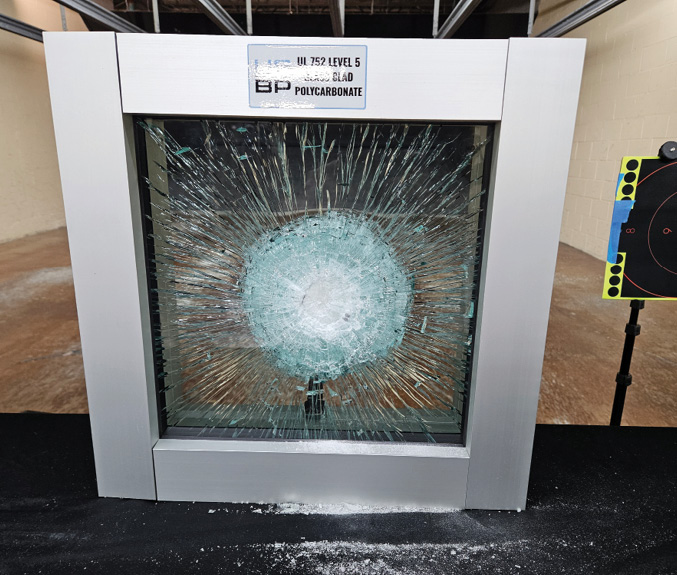
Looking ahead
There are currently no building codes that mandate school security.
The Glazing Industry Code Committee has a proposal to include security glazing for schools in the 2027 building codes, but this proposal was disapproved during the May Code Committee Action Hearings. The GICC will collect feedback and come back with an updated proposal in October for the second Code Action Hearings in Cleveland, Ohio. The proposal could help to clarify and harmonize the requirements for school security in local and state jurisdictions.
Urmilla Jokhu-Sowell, NGA’s vice president of advocacy and technical services, discussed school security’s current status in state and federal legislation during the NGA Glass Conference in February. Utah currently has House Bill 84, requiring security glazing for any public or private schools spanning from kindergarten to 12th grade. NGA provided comments helping to inform some of the language of this bill.
There is also a connection between demand for school security and requirements for fire-safety. “With approximately 3,200 fires in educational buildings each year, demand for fire-rated glass continues to remain strong,” says Devin Bowman, general manager, Technical Glass Products. “At the same time, as more architects and project stakeholders look to bolster security levels in schools, there is an increasing need for forced-entry protection and ballistic glass.”
Bowman adds that in this evolving landscape, it will be critical for project teams to identify areas in schools that not only need one form of protection or the other, but also areas where multiple forms of protection overlap. Since security-rated products are usually only tested to their specific security standards, and fire-rated products to their fire-specific standards, there could be unintended consequences when they are simply layered together. “Looking ahead, the future lies in fully integrated, multifunctional systems—ones that are tested as complete assemblies against multiple standards. This approach will help ensure that schools can confidently specify glazing systems that meet both security and fire safety demands,” says Bowman.
“Security shouldn’t just be a priority, it must be recognized as a necessity to protect our children,” says Donovan.
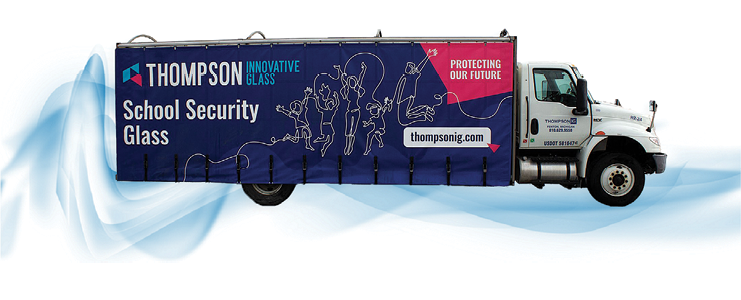
NGA Advocates for School Safety
The National Glass Association reports its top policy priority for 2025, Windows and Doors Respond First, is to advocate for increased school security and safety through the use of security, ballistic and forced-entry-resistant windows and doors. NGA staff and consultants are currently meeting with the offices of the Congressional sponsors of previous federal Securing Our Students and SAFE School acts to work toward the reintroduction of one or both bills. Upon successful reintroduction, NGA expects to canvass at multiple Congressional offices in late 2025 to support enacting legislation to make schools safer with security windows and doors.
Learn More
NGA has a school security one-pager for legislators called “School Security: Window & Doors Respond First” at glass.org/advocacy/initiatives/priority-issues.
An NGA Thirsty Thursday webinar in April also clarified the role of surface-applied film in security glazing. Watch Fenestration Assemblies for School Building Security, presented by NGA code consultant Thom Zaremba and Lisa Winckler.

